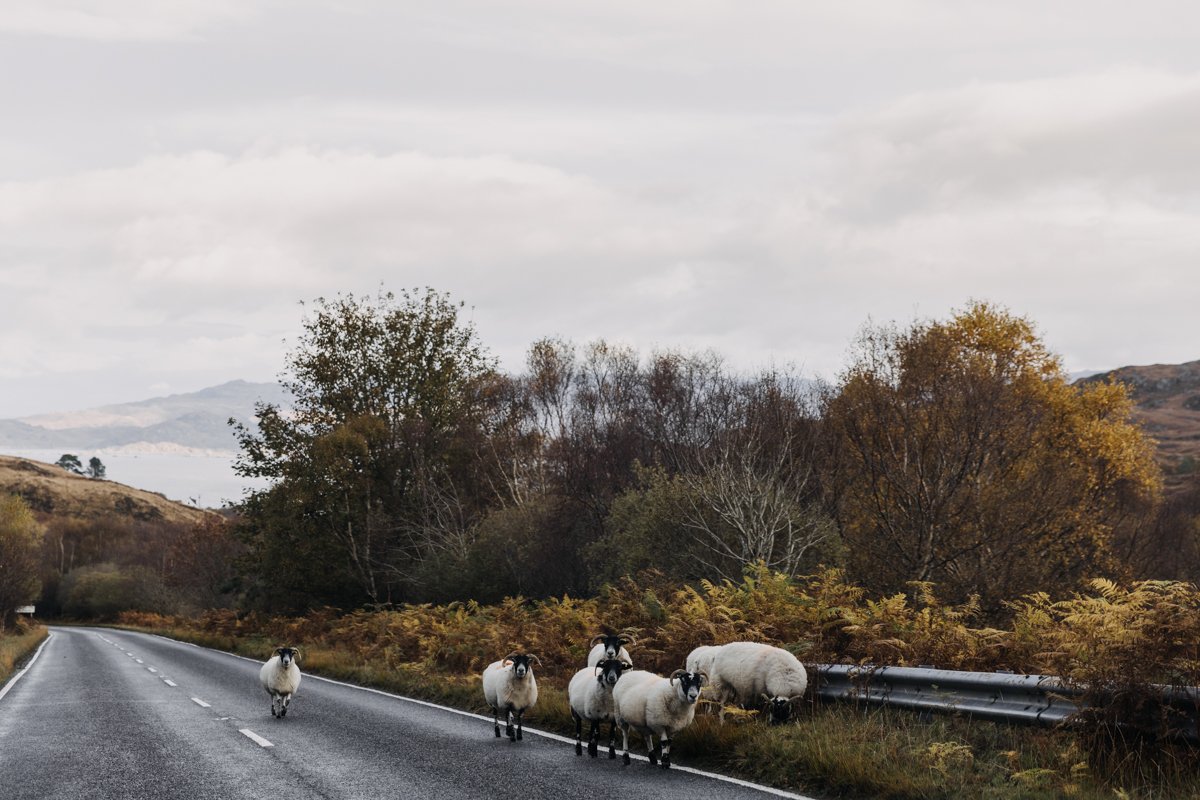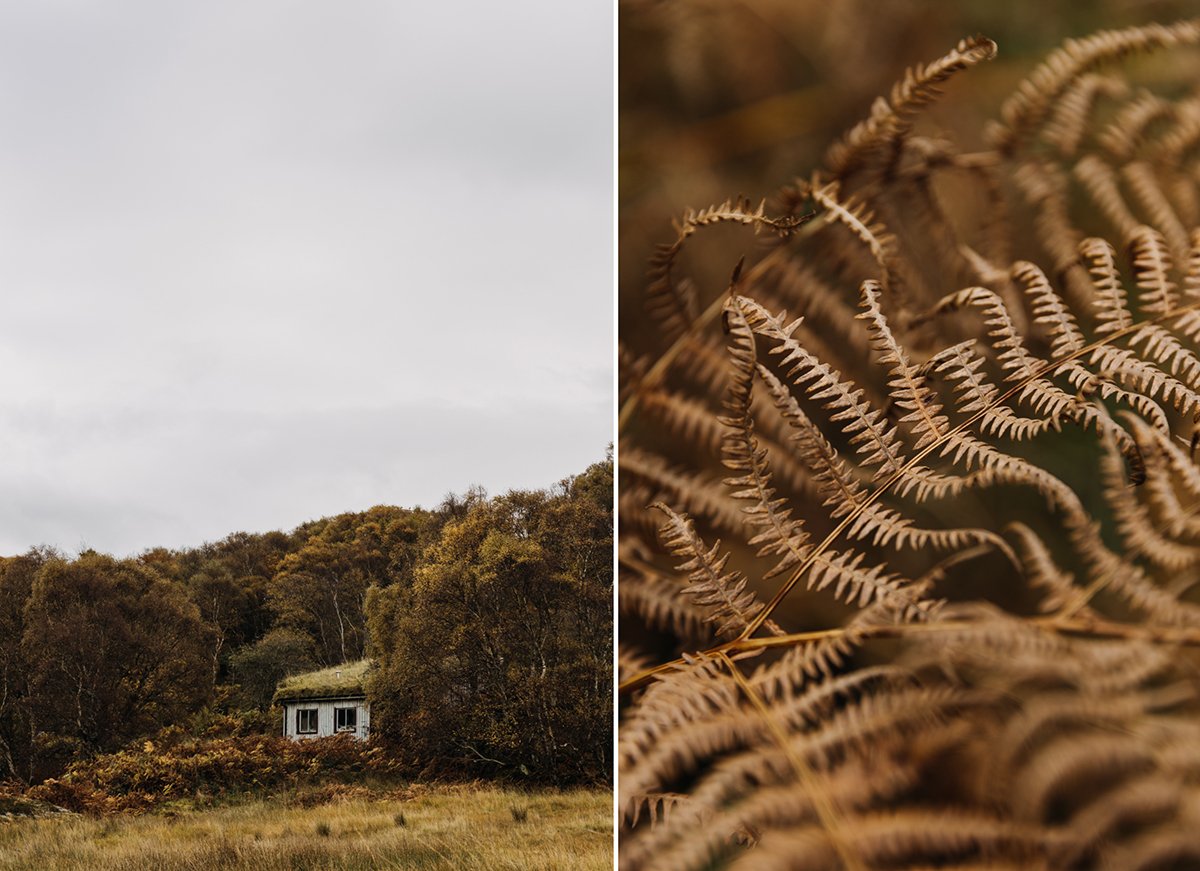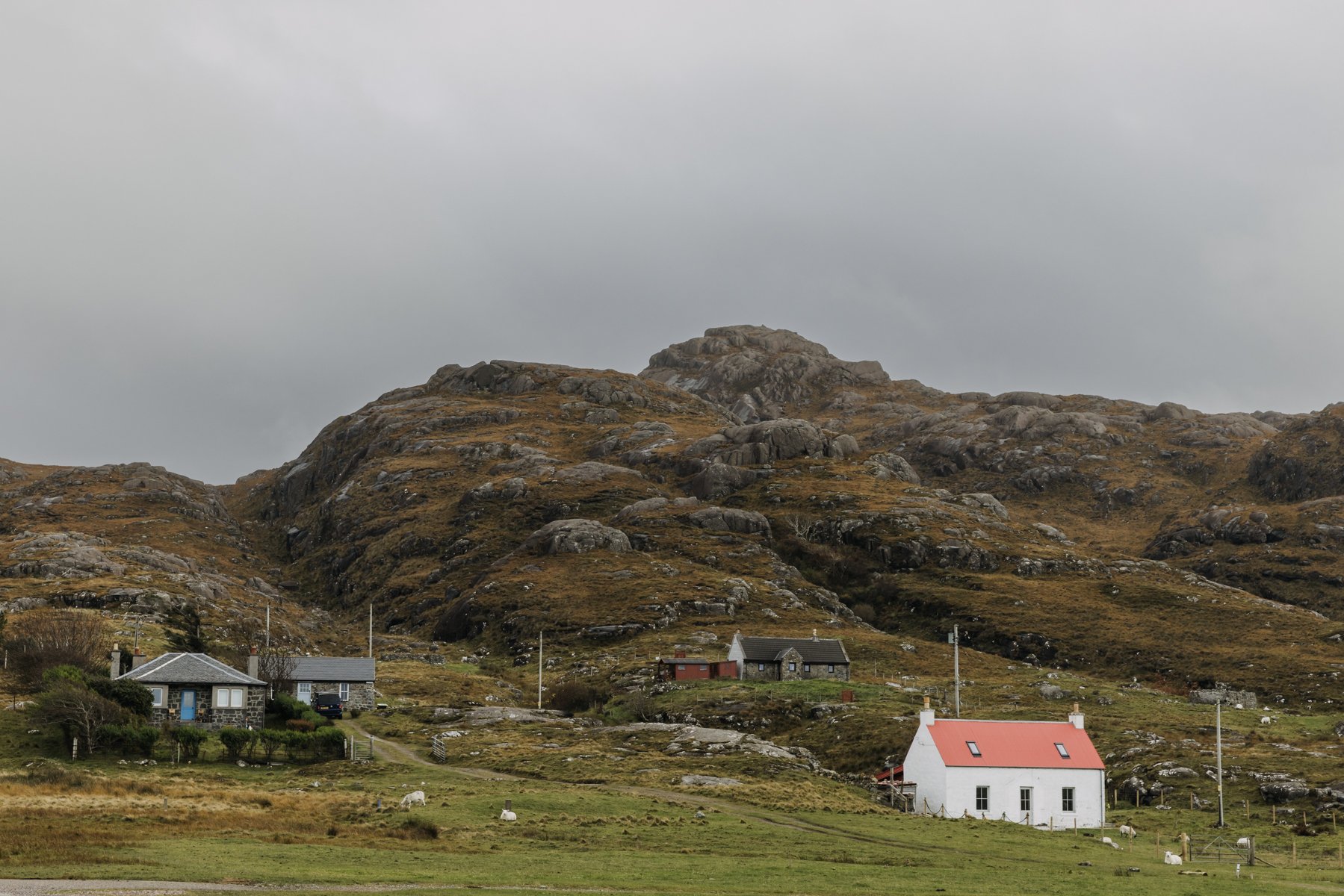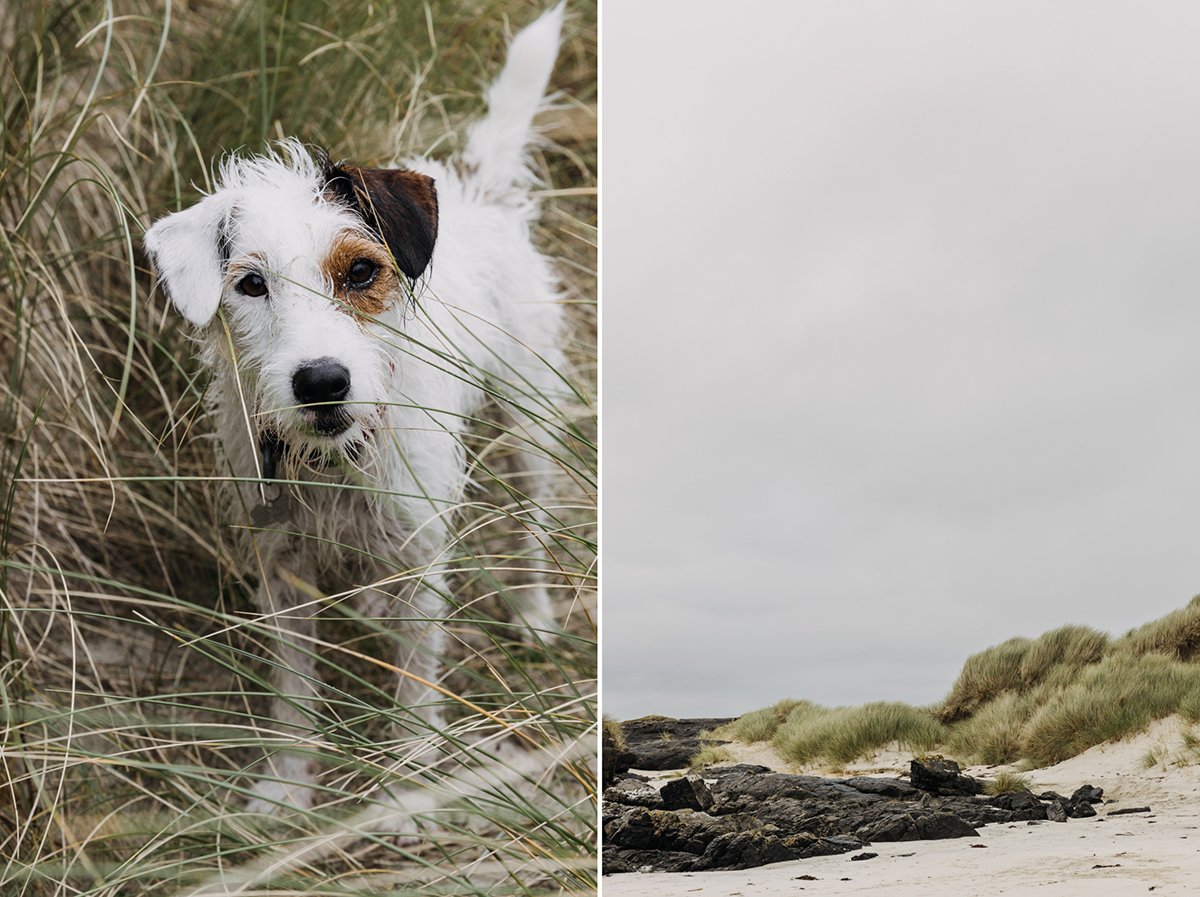Something different
I’m not one for macro type photography. I had a macro lens and since it never came with me on shoots, I ended up selling it. Then, a commission came where I was supposed to take macro type images. I thought I would be just fine without a macro lens and actually, it all worked nicely. But when I had to go back to take some more images, I ended up renting a macro lens. I then thought again about having a macro lens, now with my mirrorless, this lens was actually a lot better than the one I had before with my dslr. Anyway. I still very very rarely use it. But. I gave myself a little challenge and decided to pick it up a bit more this year.
As all things start to happen in the garden but the full picture is still quite bare, I decided to look a bit closer and here are a few little things that I found. I’m still not convinced but I will keep going and capture as many things (flowers, plants, leaves) in the garden as I can.
You actually don’t need a garden to take macro images, the pink muscari and the tulip are all in a single pot. The last muscari grows in the garden. That was my favourite though as I just love how plants grow together (but the light wasn’t great so I’ll return to that clump of muscari happily growing with cow parsley in the most neglected part of the garden, behind the garage, next to the bins. Could you tell?)
I used my preset “dill” for editing these images. You can find it in this preset pack.
In Dartmoor with Joanna Game
Early February, I travelled to Dartmoor to spend some time with one of my favourite floral artists, Joanna Game. If you follow Jo (if not, please do), you know that Jo’s inspiration comes from those beautiful Devon lanes that surround her home. Spending time with Jo was very inspirational, peaceful and just so relaxing. We admired snowdrops, catkins, moss covered stones. As the seasons change with more and more growth to appear, I cannot wait to see what Jo creates with all that’s about to bloom within and outside her garden walls.
October in the Highlands
October came and it was finally time to go on our holiday. By the time October arrived, all I needed is somewhere quiet, no traffic, no road noise, no people (sorry people, you know what I mean). We found a cottage in the middle of nowhere, packed our bags and headed up to Scotland for two weeks.
On the way. And then arriving.
We spent a night in an old hotel, something out of Faulty Towers, near Haddington in East Lothain to break up the long journey. We woke up to frost. Obligatory Bostock bakery cardamom bun. (On our way back, many more of these were consumed.) After the night, we headed up north. We reached Inverness from where it was another hour and a half drive until we arrived to our cottage. There, we did find peace and quiet and amazing views. These views were different every time we looked ouf of the window, every sunset and every sunrise was different. No sound other than that of birds, sheep and deer.
The mood of our days was something like this..
We went for long forest walks and beach runs and we took two longer day trips too. My absolute favourite was the Assynt day. It took us nearly an hour to get to a decent road from the cottage so already, driving through those forests was always magical. At the beginning of this journey, we spotted a stag* surrounded by his ladies, absolute dream view of them standing like that, then an obligatory stop at Clachtoll beach - yes, Finn absolutely loved it but us too - and then just driving on that single track road with countless hairpin bends and sharp inclines, it was the most stunning drive ever. I would go back there right now. Anytime. Always. Absolutely beautiful, rugged, unspoilt.
*they were right by the side of the road and I only spotted the does first. They didn’t move, didn’t run away, just watched me, I watched them and suddenly, from the bracken, a stag appeared and elevated the deer show just a bit. It was so beautiful.
The Assynt tour
















Winter Paper Garland
I was looking for a paper garland for a creative workshop and never really found the one I was looking for. Then I thought maybe I could make one? I’m not exactly that creative when it comes to actually creating things, from scratch. However, when work slows down a little, I do like making little things during the Winter months. You might remember these paper stars I made a few years back. This garland is very similar to make.
You will need:
paper (I only had this golden tissue paper at home but use any kind and any colour
scissors
twine (don’t use garden twine but something a lot thinner)
glue
Cut out rectangular (or square) but shapes from your paper. You can vary the size of them, of course. Fold them up like a harmonica (as shown) and then make a hole in the middle. I cut it just a tiny bit with the scissors, a small hole enough for the twine to go through. Position your half star where you want it to be on your garland and then glue together the top bits in a way that the twine sits between them. And repeat. As long as you want.
Gravetye Manor in November
I haven’t had the chance of visiting or photographing Gravetye Manor until a week ago. So, when I got an invitation to the launch of the re-release of William Robinson’s wonderful book, I didn’t hesitate long to accept. The visit included an absolutely fabulous talk by Tom Coward, who has been the head gardener of Gravetye for 15 years. He gave us a very interesting, detailed, colourful (and funny too!) talk about William Robinson and the gardens at Gravetye. After the talk, we were treated to a 3-course lunch at their Michelin star restaurant. The meal was so delicious and spent in great company. I don’t know if it counts as rude or not but I just couldn’t wait to get out into the garden so right after “the souflé I will never forget” and before the coffee, I kindly asked if it was possible to leave the table. So after the souflé came the garden.
It was a typical November Saturday, grey with not much light. Still, I did take my camera and captured some details. I hope you’ll enjoy them as much as I enjoyed looking around the garden. I cannot wait to see it again in the Spring. Or Summer. And Autumn. In all seasons. Do visit, it is beautiful.






Pansy - Antique Shades
I have been growing this kind of pansy for a few years now, it is called Antique Shades. They are F1, so you never know what comes out of the packet but I generally get those beautiful peach, mauve and caramel shades. The flower heads are always quite small, it’s such a lovely little plant. Extremely easy to grow from seeds, once they are ready to plant out, I grow them in bigger pots with other plants around or just individual terracotta pots (on the steps leading from the house to the garden).
This year, I decided to plant a few of these plants into a big pot that is by the pond. You might remember this pot from Spring with tulips in it. Well, now, this pot has a few of these pansies (by the way, do you know the difference between pansies and violas? If a bloom has four petals and three are pointing upwards but one downward, the is a pansy) scabiosa ochroleuca (grown from seeds that I collected from a friend’s garden, thank you Chris) and wild carrots (bought as plug plants) The reasons why I have these plants is two fold, one is that I absolutely love them but secondly, I want them to self seed around the back of the garden where old paving stones are laid and all sorts of treasures grow between them (just to name a few: marjoram, fennel, geranium, cow parsley or campanula) So, fingers crossed they will thrive in this pot and will scatter their seeds in the garden.
While these pansies have generally small heads (not as small as heart's ease or wild pansy) but quite close, this year, some of the plants turned out quite giant compared to the others. I wonder what happened, maybe the simple fact that these are F1 seeds as those blooms are also of various pretty colours.
It doesn’t really matter as I absolutely love them and will continue growing them. Such a pretty and easy, modest and generous plant.
The Garden
A long weekend. And the only one in May I spend at home. Saturday is beautiful and sunny, I could do anything, go for a big walk to see the last of the bluebells in the woods or see masses of cow parsley. But not. I’d rather stay and home and make the most of this special weekend.
The garden is my happy place, it makes me switch off fully. My outdoor meditation. I spend the day outside, first, taking some pictures with the first light, then having my first coffee while enjoying (very much) my new book, then changing into my gardening jeans, picking up my gloves and off I go. I always start my dahlias in pots (it’s good I did as 3 tubers don’t show any sign of life) and time has come for those to be put in their final place. I take some cuttings to have a few extra plants (replacing those 3 that don’t seem to live). Then I plan the order of the dahlias. To my surprise, most of the colours are shades of orange, funny how one’s taste can change. Noticing my orange tulips too.
Then I sort out my plant nursery, which isn’t a nursery at all, just a small area by the shed where I keep plants that will go out in the garden soon. Either I grew them from seeds or plants I was gifted or plants I bought. I cherish them all the same way. When all the forget-me-nots are over and their absence reveal all the empty space, I can fill that with these plants. I remove bulbs that flowered, the bulbs go in the shed and the pots are filled with plants especially from this plant nursery stock. I also refresh the pots outside the front door. We eat lunch. Outside. In the sunshine. I wouldn’t want to be walking in the woods seeing the last of blubells. It’s absolutely perfect here.
After lunch, I tackle the perennial border that runs the long of the first part of the garden. Ground elder likes creeping in and I always try to keep this area free of that agressive weed (yes, weed). Time flies. Cold drinks arrive and I start to slow down. And when the sun starts to drop, the camera comes out again. I steal a moment here and there when the light is right.






On Sunday, a new camera arrives (should have come on Saturday but hey), a different one to the ones I’ve been used to so I spend quite some time learning about it (reading the manual, yes, that is a thing) and just experimenting with it as I’m planning to take it to an exciting shoot on a sunny island this weekend.
I hope you’ve all had a lovely long weekend. My weekends at home are now over for the foreseeable so I really wanted to make the most of these days.
PS - the cherry on the cake was a misty Tuesday morning.
Glenuig and Sanna
While up in the Highlands in October (this way), we spent a lot of time in Glenuig. It was only a 10 minute drive from our cottage (always welcomed by sheep), the only place with a tiny shop nearby but most importantly, it had a sweet little beach that at low tide was the perfect place for Finn to burn his energy off (if such thing exists). One day, we went for a walk in the woodland just off the coast there and it was again, just magical.
Although beaches, lochs and the sea were constant in our days, I realize most of the images are of hills, glens or woodland. I’m just so much more drawn to these places.
One afternoon, one our way home from another day out, we stopped at Glenuig and the beach was full of sheep. We waited until they moved into the woodland bit and let Finn out for a run. I just love these wee creatures dotted all over Scotland.
Sanna. I cannot recommend visiting Sanna highly enough. But. Sanna was 30 miles from our cottage and took us nearly 2 hours to get there. It was raining but that wouldn’t have been a big issue in its own. But. The road was very scenic, very windy and very narrow. But oh my. It must be one of the most beautiful drives I’ve experienced. Driving past sheep, of course, highland cows, of course and we even spotted a stag.
Sanna itself is a tiny hamlet of a few houses and crofts. And unspoilt beaches. Sandy dunes and black, volcanic basalt rocks.






































































